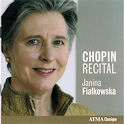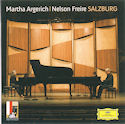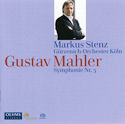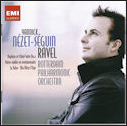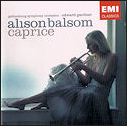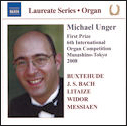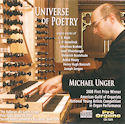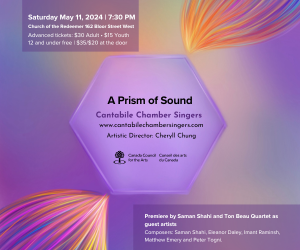Schubert - Moments musicaux; Impromtus - David Fray
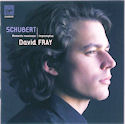 Schubert - Moments musicaux; Impromtus
Schubert - Moments musicaux; Impromtus
David Fray
Virgin Classics 694489 0
In his short career, the young French pianist David Fray has gained a reputation for eccentricity, mostly due to his intense stage presence and singular vision. Inevitably, Glenn Gould comes to mind. In fact, Bruno Monsaingeon, who made a series of important films on Gould, has produced a documentary on Fray, called “J.S. Bach – Sing, Swing and Think”. Fray scored his first international success in Canada, at the 2004 Montreal International Music Competition, and recorded his very first disc, which included Schubert’s Wanderer Fantasie, on the Canadian ATMA label.
In this recording of Schubert’s six Moments musicaux, the first set of Impromptus, and the rarely heard Allegretto in C minor, Fray tends to favour subtle dynamics and restrained tempos. He can certainly be dramatic. But instead of creating sharp contrasts and sudden climaxes, he builds up tiers of sound. This is particularly effective in extended passages like the shimmering triplet runs in the first part of the Impromptu No. 2 in E flat Major and with motifs like the heart-wrenching inner-voice dissonances in the second part. He treats even the most fleeting lines like cantabile melodies, shaping them with an imaginative variety of colours, textures and harmonic details.
In his program notes Fray calls Schubert ‘a close friend’. In his playing Fray shows Schubert to be the most generous and humane friend possible. I find myself returning to this exquisite disc frequently, and feeling richly rewarded with each listening.
Pamela Margles


